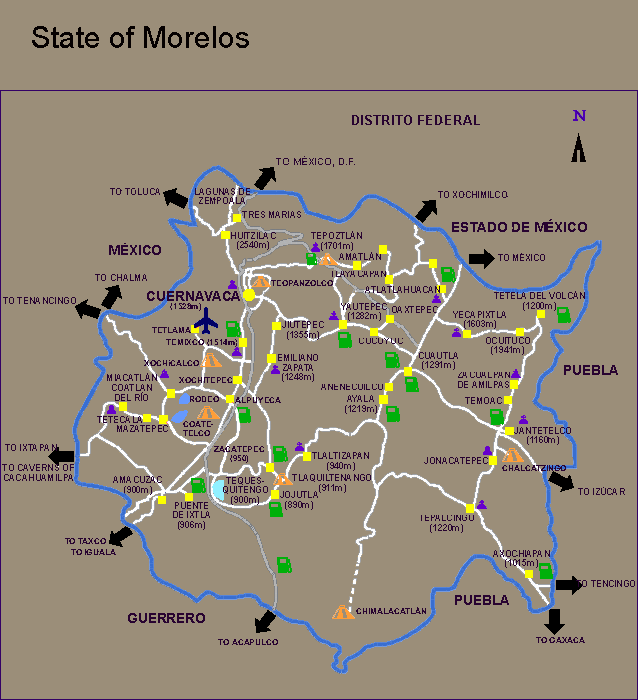

|
Las cosas iban subiendo
Muerto está ya el guerrillero |
The things were rising
The guerilla is already dead
|
Nuevas Mañanitas al Estado de Morelos:
The Zapatista movement are, “The people who attempted the most consistent
revolution in Mexican history” (Warman, 81). Thus, the ability of Zapata
to galvanize a strong force posed a serious threat to the intentions of his
enemies such as Carranza, and a trap was devised to capture the agrarian reformer.
A letter had been intercepted in which Zapata invited a colonel of the Mexican
army who had shown leanings toward his cause to meet and join forces. This colonel,
Jesús Guajardo, under the threat of being executed as a traitor, pretended
to agree to meet Zapata and defect to his side. On Thursday, April 10, 1919,
Zapata walked into Carranza's trap as he met with Guajardo in the town of Chinameca.
(Welker, 1). When Zapata arrived, Guajardo riddled him with bullets and turned
his body in for the bounty, getting half of what was originally promised (Wikipedia,
1).
However, the betrayal of Guajardo and tragic death of Zapata only brought to
climax the Zapatista effort, and Carranza’s goal of eliminating the Zapatista
movement in its entirety was only partially accomplished. In May of 1920, Álvaro
Obregón, one of Zapata's right-hand men, entered the capital with a large
fighting force of Zapatistas, and after Carranza had fled, formed the seventy-third
government in Mexico's history of independence. In this government, the Zapatistas
played an important role, especially in the Department of Agriculture (Welker,
1). After its successes, the Liberation Army of the South slowly dismantled
but the efforts of Zapata and his followers were certainly not forgotten. (Wikipedia,
1).
This corrido shows Zapata bidding farewell to his native Mexico and the people
who joined him in his fight for social justice. Although this corrido is not
as celebratory as others that chronicle the assassination and death of Zapata,
we still him portrayed as a noble virtuous man. Zapata will forever be attached
to the land and people he campaigned for and corridos such as this help to preserve
his image as a heroic reformer and fighter.
Zapata’s courageous and humble image has not only manifested itself within
the corrido but in other forms of mass media as well. For example, Zapata has
been represented in movies by Marlon Brando (1952), Antonio Aguilar (1970) and
Alejandro Fernández (2002) (Wikipedia, 1).